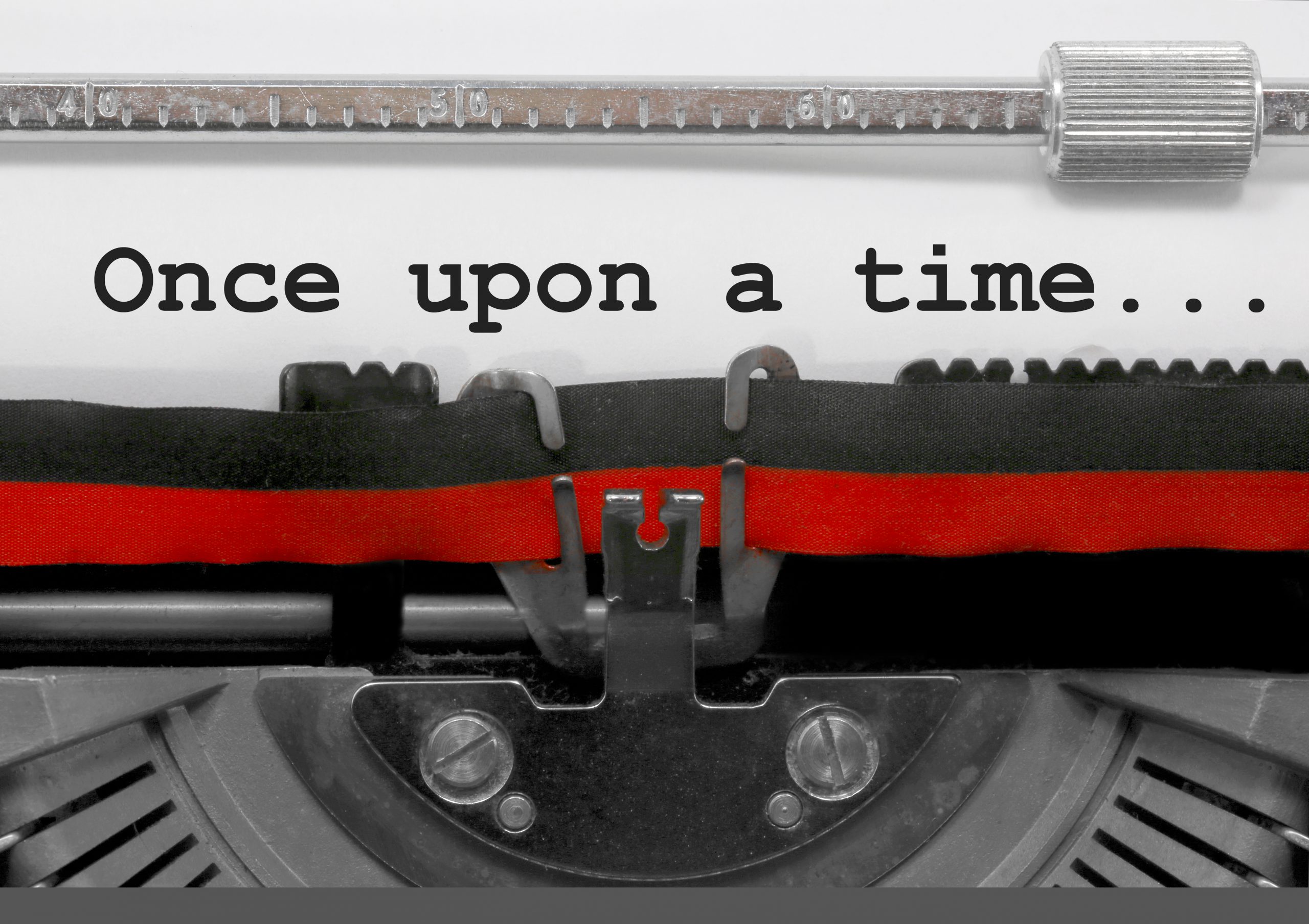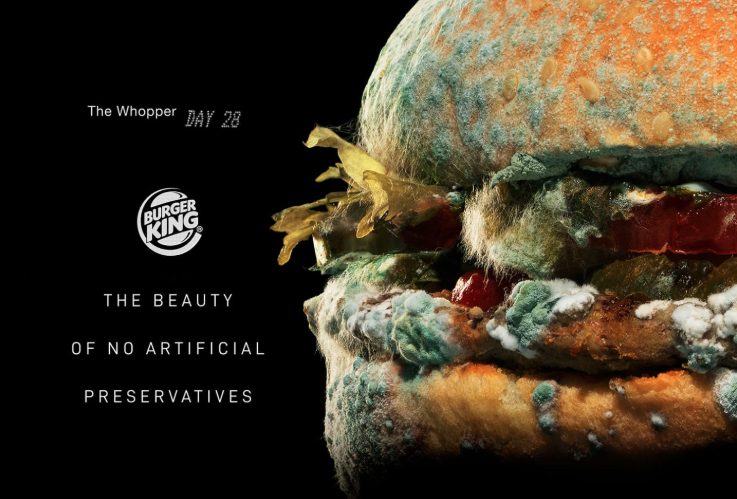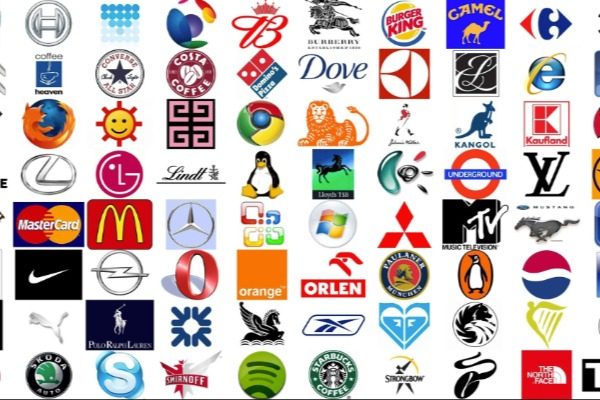DIY Branding: is it for me?
Your company’s small and resources are tight. Should you try DIY branding?
In talking with a prospect the other day, she brought up the topic of DIY branding. “You know, I’ve downloaded one of those DIY brand kits off the internet. What do you think about those? Can’t I just save a lot of money and do my brand that way?”
Great question.
I regularly encourage my clients to do their own branding and marketing (what do you think this blog is all about?!). There are many good DIY branding guides online and if you have the time, aptitude and desire to do it, doing it yourself will make you a better marketer and steward of your brand AND you’ll grow an appreciation for great branding.
To reinforce this point, I offer a few DIY toolkits and workbooks that inform parts of your brand (this one is great: “How to Craft Your Own Unique Value Differentiator” and so is this one: “How to Create A Customer Profile.” Check my blog for the accompanying articles). But these are just a few of the many aspects that go into building a brand (competitive research, customer insights, target profiling, brand DNA & benefit statements, archetypal analysis… to name a few). Most guides on the Internet cover just a few of these areas. Until I write my own book, I can recommend Forging an Ironclad Brand by Lindsay Pedersen, a how-to-brand guide that’s very comprehensive and multi-dimensional.
In short: I am ALL for empowering you to craft your own branding communications and marketing. This said, having done branding for over 2 decades, I’m also realistic. It comes down to your time & aptitude, being able to get out of your own way, and seeing behind your blind spots.
DIY Branding Requires Patience.
Brand building is the painstaking exercise of crafting the right message for your business and then ensuring everything you put out is “on brand.” There’s a process to it, and from my experience, it’s not something that’s inherent in most business leaders. If it was, it’d likely be your “zone of genius” and you’d likely be running a branding and marketing business instead of the business you’re in.
But if you still want to DIY, my recommendation is to budget time and patience. It’s a challenging exercise to come up with something catchy and compelling (but also creative) that encompasses customer needs, your competitive white space, your intention, heritage and vision, your brand promise, beliefs and the value you bring. I recommend doing the analysis and writing it all down, and then editing and synthesizing your message down to its essentials.
It Also Requires Objectivity.
Building a brand also requires objectivity. A lot of brand work is inward looking, which means it triggers all those fun psychological reactions to feedback and criticism. And we all come to the table with deep bias around:
- customers and their attitudes around the category / service / price;
- the category and the key players that we compete against;
- patterns and trends that can influence customer behavior;
- perhaps most importantly: our capabilities and the value we bring our customers.
Sometimes we’re aware of our bias but more often we’re not. I’ll work with clients who insist their business runs a certain way or that their customers have a particular fixed mindset. Only when I present them with research findings do they digest how much bias has shaped their interactions with partners, stakeholders and customers.
In order to build a great brand that defines the value you bring and what’s important to your customers, you need to get out of your own way, and that can be hard when you’re doing the branding yourself. My recommendation: find an external partner to point out category and behavioral assumptions that you take for granted. Look for someone who is industry-adjacent but not in your space; use them as an editor to weed out your biases.
And Check for Blind Spots.
Like bias, but different: we all have blind spots about our business, industry and customers, and sometimes we can’t see a brand play at all. I once had a client who discounted her expertise as part of her offering. She insisted that her competitors brought the same level of industry knowledge and refused to charge more for her vast subject-matter expertise. Finally – after pestering her for more than a year – I got her to experiment with communicating about her expertise. She was flabbergasted when she was able to TRIPLE her rates.
Yeah.
Blind spots work like bias to skew our perception of our brand value, but they’re more insidious because they’re usually our strengths that we discount (“Oh, my put-you-at-ease bedside manner? But that’s a given,” or “My ability to neutralize workplace conflict? But everybody does that,”) and we discard what could be an astonishing point of differentiation.
If you’re intent on DIY branding, I recommend doing some research to discover why your best customers return, and also partner research to discover why partners choose you over other options. You must throw out easy answers like “convenience,” “great work at a good cost,” and “because I’ve always used them.” The good stuff lies beneath.
I also recommend running your DIY work by someone who knows you and your business. Not an employee, former customer or partner (too involved), but again: an industry-adjacent peer, or a listener with good intentions at heart who can absorb your point of view and point out potential strengths you’re keen to overlook.
I’m Innit to DYI-it!
“Juliana, I still want to do it.”
All right then! Forging an Ironclad Brand by Lindsay Pedersen is a great brand building guide to use. Here are the areas you’ll want to analyze to get at your brand and what you stand for, what your customers value, and what makes you unique:
- Market research. What’s going on in your industry? Where is the market headed, and where are the opportunities?
- Competitive analysis. Who is your competition? What do they offer? How do they communicate their offering?
- White space. Where’s the opportunity for you to zig where your competition zags?
- Cultural trends. What trends are culturally happening that relate to your work?
- Stakeholder feedback. Why do your customers & partners come – and return – to you? What (pain) brings them to you? What do they deeply value about how you solve that pain?
- Target market. Who is the customer that deeply values all that you offer? Use this guide to build out their personas.
- Mindset & behaviors. How do your customers approach your category? What’s their mindset & behavior?
- Brand DNA. What do you do and why? Think through your offerings, what pain or problem do you solve for your customers? Consider the benefits you bring your customers – both emotional and functional.
- Unique Value Proposition. What do you do that your customers deeply value that few others can do? This guide can help you.
- Brand Promise & Values. Think about the promise you make to your customers, at every interaction. What values do you insist on, so you / your team can make this promise true?
- Brand Archetype. If your brand were a person, what would be its personality and image? Is your brand the sage or the creator? Maverick or jester? And how does this show up in your brand communications?! Strategist Kaye Putnam has an archetype quiz to uncover your brand archetype & good examples of how brands use their archetype to create differentiation.
- Logo, font, colors. Work with a graphic designer to bring all these insights into your brand’s look and feel.
- Storytelling. What’s the story you can tell about your impact on your customers? How do you help them? How do you transform their woes into successes?
These areas will inform and form your brand identity and positioning. Don’t be daunted if that seems lengthy! Especially if you’re just starting out, there’s plenty of online guidance to tap into, and to be honest, most startups do the branding themselves until they’re big enough to outsource it to a professional.
And the work is absolutely worth it.
When you’ve landed on it, brand amplifies your marketing efforts. It brings results you couldn’t imagine. It makes everything so clear and easy to digest. You’re so much more confident about your business and what you stand for and what sets you apart.
So do the hard work.
Build your brand.
But if you want all this, but are reconsidering the DIY part, that’s cool too. Let’s connect and zoom or chat. My team and I are passionate about branding small businesses; we’re here to bring that incredible brand your business already is… to life.











